
A greater number of large “planetary sized waves” in the atmosphere that move from the lower atmosphere into the upper atmosphere were responsible for the smaller Antarctic ozone hole this fall, according to NASA researchers. The September 2002 ozone hole was half the size it was in 2000. However, scientists say that these large-scale weather patterns in the Earth’s atmosphere are not an indication that the ozone layer is recovering.
Paul Newman, a lead researcher on ozone at NASA’s Goddard Space Flight Center, Greenbelt, Md., said that large scale weather patterns have an affect on ozone when large “planetary sized waves” move up into ozone layer. If the waves are more frequent and stronger as they move from the surface to the upper atmosphere, they warm the upper air. Such weather phenomena are known as “stratospheric warmings.”
The stratosphere is an atmospheric layer about 6 to 30 miles above the Earth’s surface where the ozone layer is found. Ozone breaks down more easily with colder temperatures. A long wave or planetary wave is a weather system that circles the world. It resembles a series of ocean waves with ridges (the high points) and troughs (the low points).
Newman said, “The Southern Hemisphere large scale weather systems are similar to the semi-permanent area of high pressure, which brought sunshine and dry conditions over much of the eastern United States during the 2002 summer.” These large Southern Hemisphere weather systems generated more frequent and stronger planetary waves that caused a series of stratospheric warmings during the Southern winter. Scientists aren’t exactly certain why that happened. What they are certain of is that these waves warmed the upper atmosphere at the poles, and cut ozone loss.
“2002 was a year of record setting planetary waves in both frequency and strength,” Newman said. As a result, the total area of the ozone hole over the Antarctic was just over 15 million square kilometers (km) (5.8 million square miles) in late September. The ozone hole was virtually gone by late-October, one of its earliest disappearances since 1988.
Comparatively, the 2001 Antarctic ozone hole was over 26.5 million km squared (10.2 million square miles), larger than the entire area of North America including the U.S., Canada and Mexico combined. In the year 2000, it was approximately 30 million km squared (11.5 million square miles). The last time the ozone hole was as small as it is this year was 1988, and that was also most likely due to large scale surface weather systems.
“This is an entirely different factor from chemicals in the atmosphere that affects the protective ozone layer,” Newman said. The Montreal Protocol regulated chlorofluorocarbons (CFCs) in 1987, because of their destructive affect on the ozone layer. However, CFCs still linger in the upper atmosphere. “The main reason why the ozone hole is smaller this year than last is simply because of higher temperatures from these waves. Decreases of CFCs are only causing the ozone hole to decrease by about 1% per year.” It could be an entirely different story next year, if similar weather systems are not in place.
The waves affect the atmospheric circulation in the Antarctic by strengthening it and warming temperatures, or weakening it and cooling temperatures. Colder temperatures cause polar clouds to form, which lead to chemical reactions that affect the chemical form of chlorine in the stratosphere. In certain chemical forms, chlorine can deplete the ozone layer. One theory is that greenhouse gases may be responsible for decreasing the number of waves that enter the stratosphere, which then thins the ozone layer.
The temperature of the polar lower stratosphere during September is a key in understanding the size of the ozone hole – and the temperature at that time is usually driven by the strength and duration of “planetary waves” spreading into the stratosphere.
Newman stressed that the smaller ozone hole this fall is not an indication that the ozone layer is recovering. He said it’s simply due to a change in global weather patterns for this year, and next year it may likely be as large as it was last year.








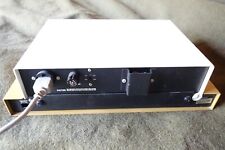
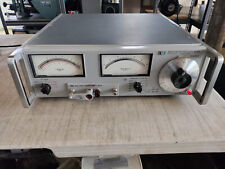
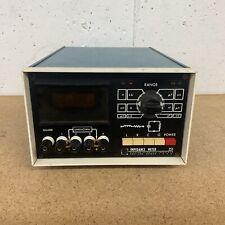
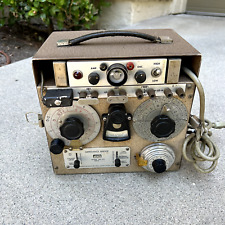
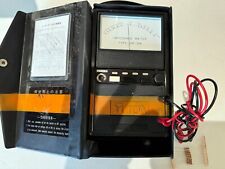
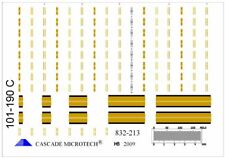
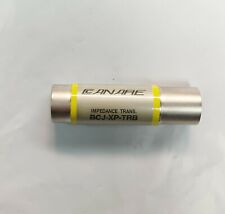
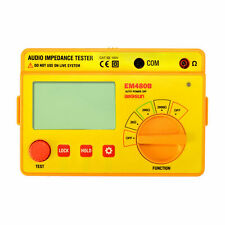
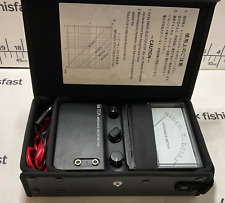

Comments are closed.